A wellness retreat in south-west France blends rural charm with contemporary concrete
Bindloss Dawes has completed the Amassa Retreat in Gascony, restoring and upgrading an ancient barn with sensitive modern updates to create a serene yoga studio
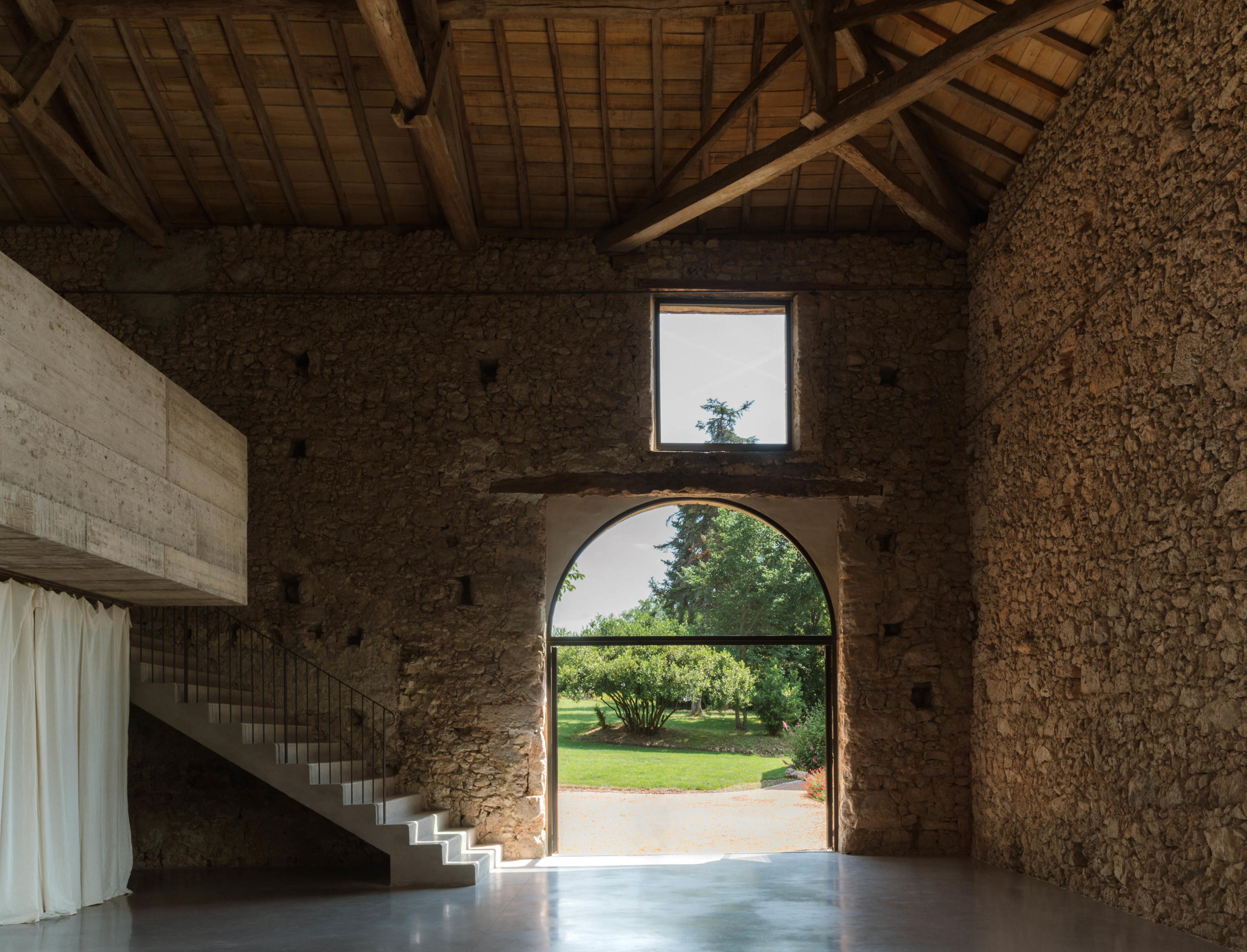
Set amidst a graciously tumble-down array of traditional farm buildings, the Amassa wellness and yoga retreat is a combination of old and new, courtesy of Somerset-based architects Bindloss Dawes. The firm has enhanced the existing buildings with new mezzanines and openings, preserving the gently ramshackle forms of the barns and cottages while also updating the services and environmental performance.
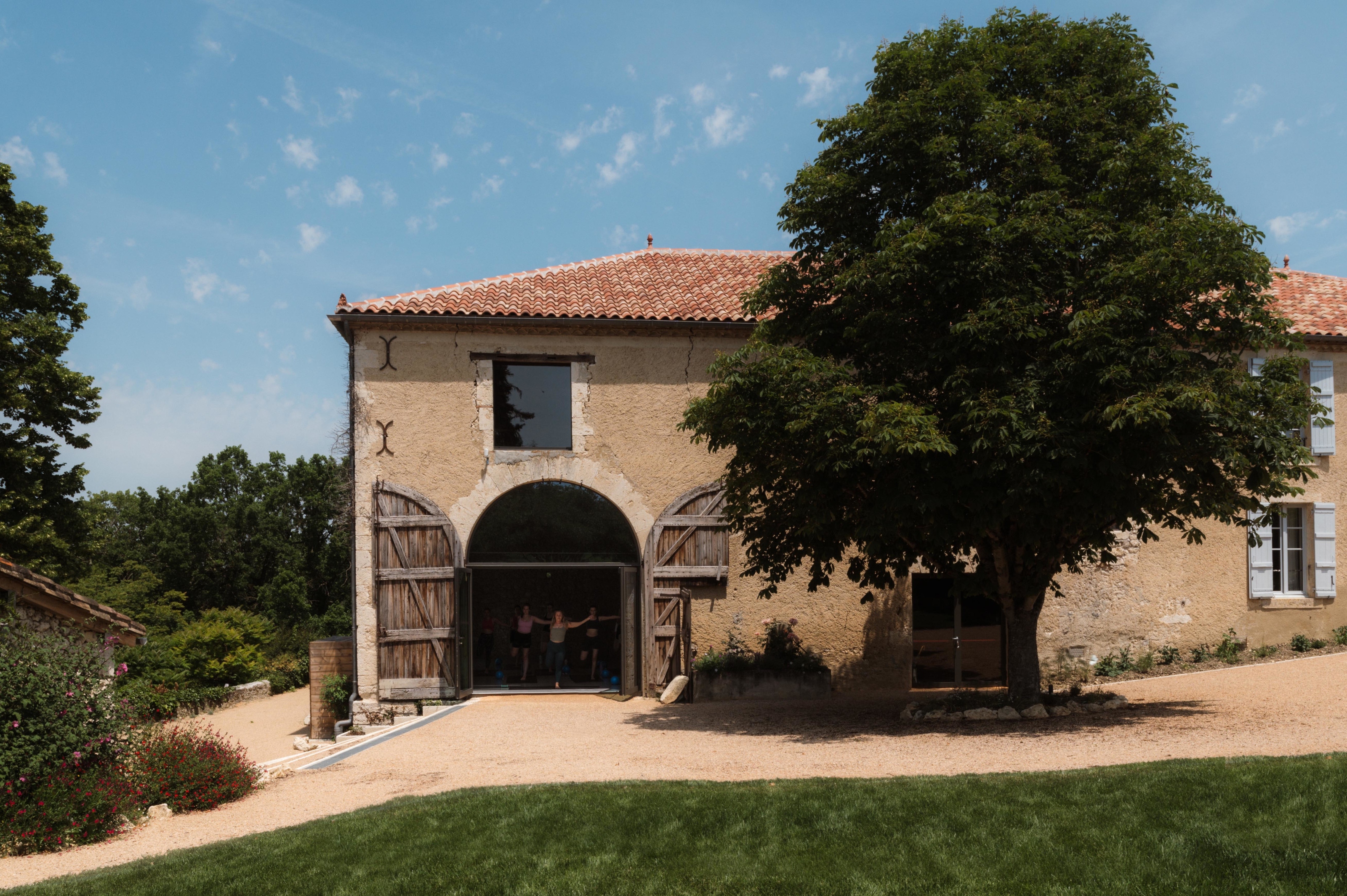
Amassa Retreat, France, by Bindloss Dawes
The retreat, set up by a British couple with a long connection to the Gascony region of France, offers accommodation and courses in yoga and pilates, alongside art and craft workshops with a focus on seasonal cuisine and communal dining. The architectural approach is subtle and considered, with an emphasis on preserving the original character while also introducing modern standards and services.
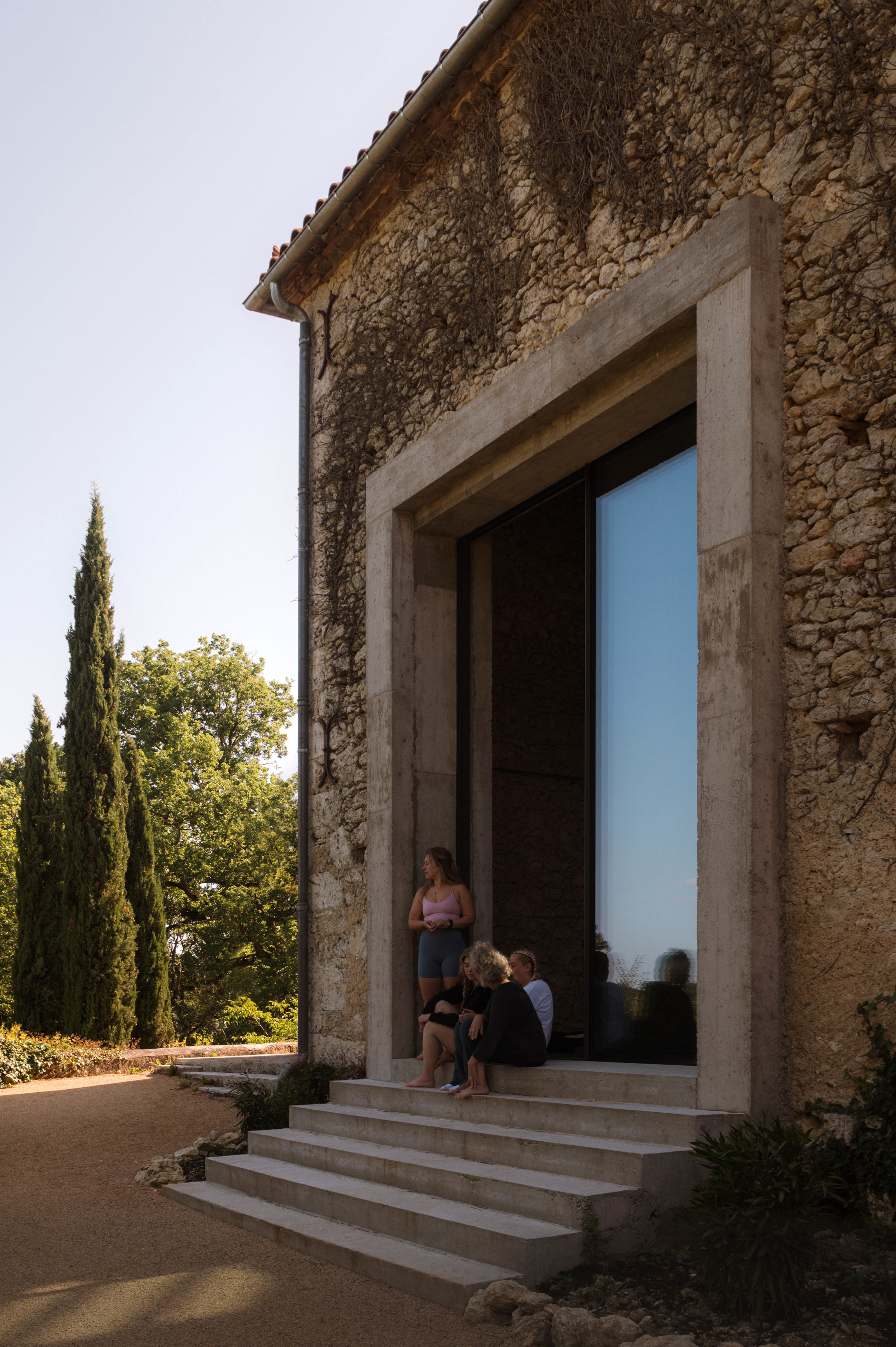
The new window in the ancient barn
According to architect Oliver Bindloss, ‘we approached the project with a desire to preserve and retain the beautiful character of the original hamlet of buildings.’ The most dramatic approach was the main barn, a large but gloomy three-hundred-year-old stone and timber structure with only a couple of small existing openings. ‘A bolder approach was needed to reinvigorate and open up the space to sunlight and views,’ says Bindloss.
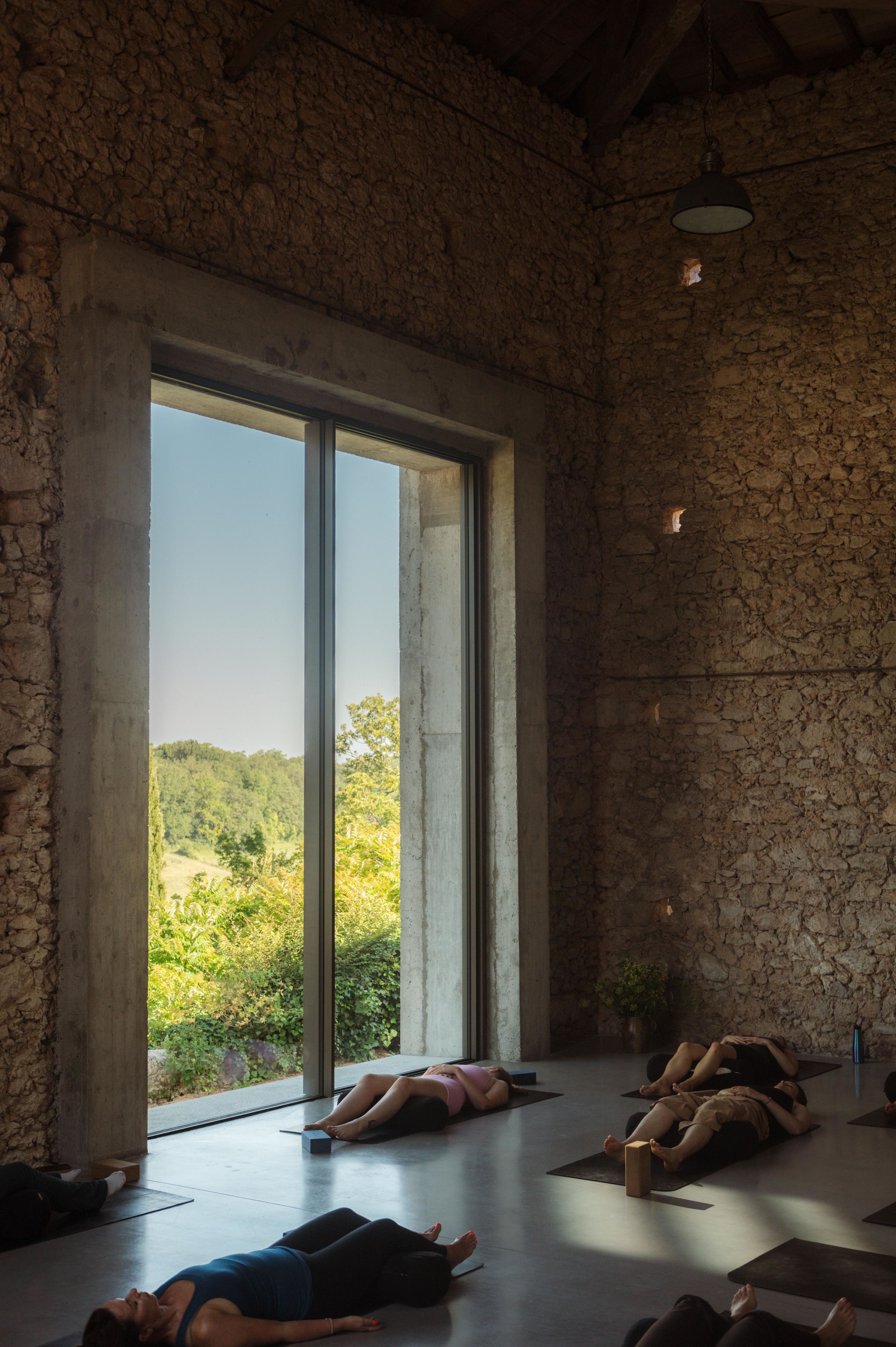
The new opening in the barn, seen from within
The decision was taken to create a large west-facing opening that serves as both a structural stabiliser and a way of bringing light into the heart of the barn. ‘We worked closely with the local builder who is a master stonemason and his team who repaired all the stone walls as well as making the in situ-concrete interventions which sits so well next to the rawness of the original stone,’ says Bindloss.
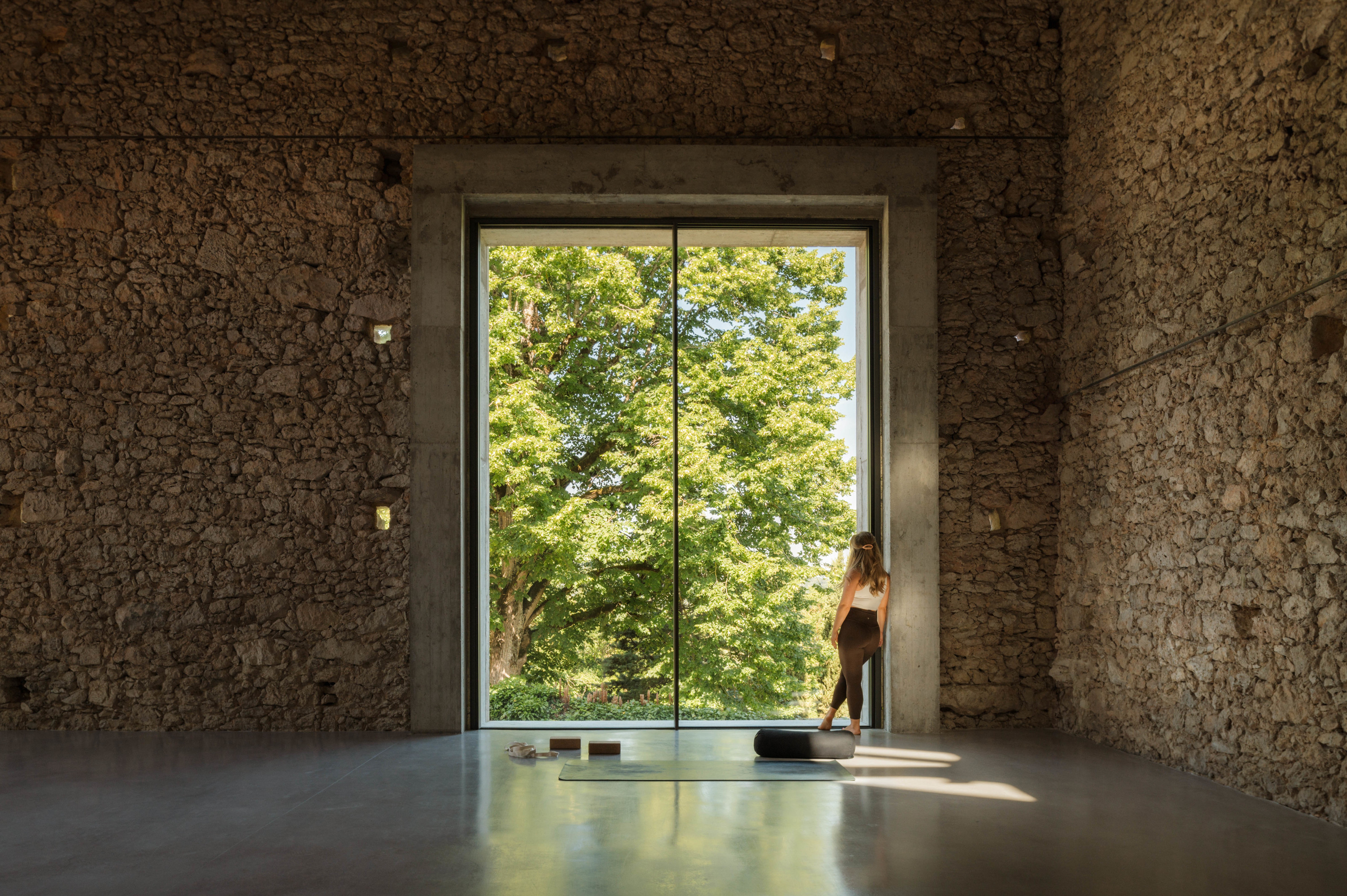
The new opening in the barn opens it up to the landscape
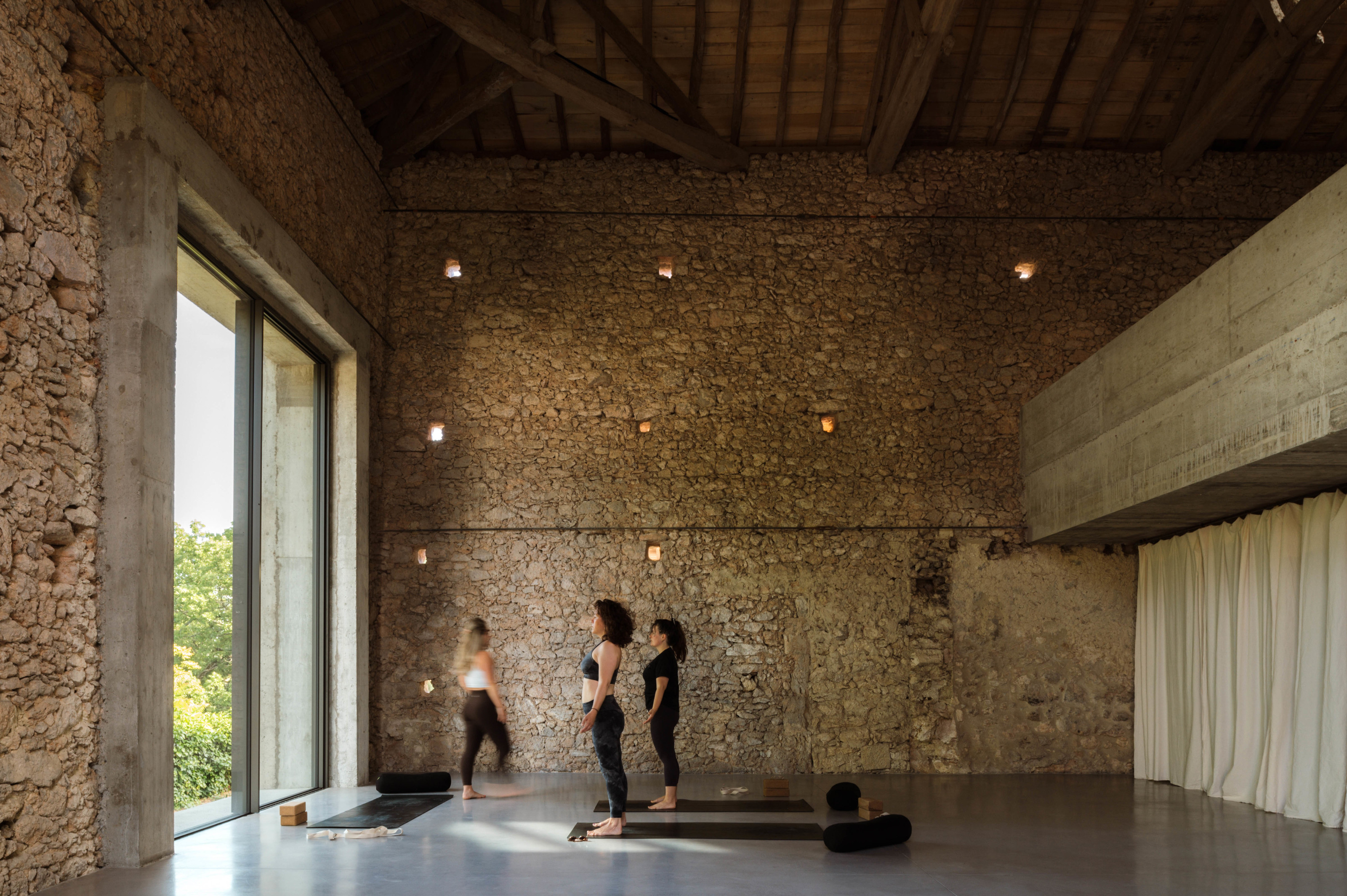
The mezzanine at right appears suspended between the original stone walls
Work also extended to repairing and insulating the timber roof, retaining the lattice of original beams while adding new boards and pantiles to improve its thermal performance. The main space is some ten metres in height, with a new polished concrete floor and mezzanine inserted to maximise the available space. The mezzanine appears suspended between the original rough textured stone walls.
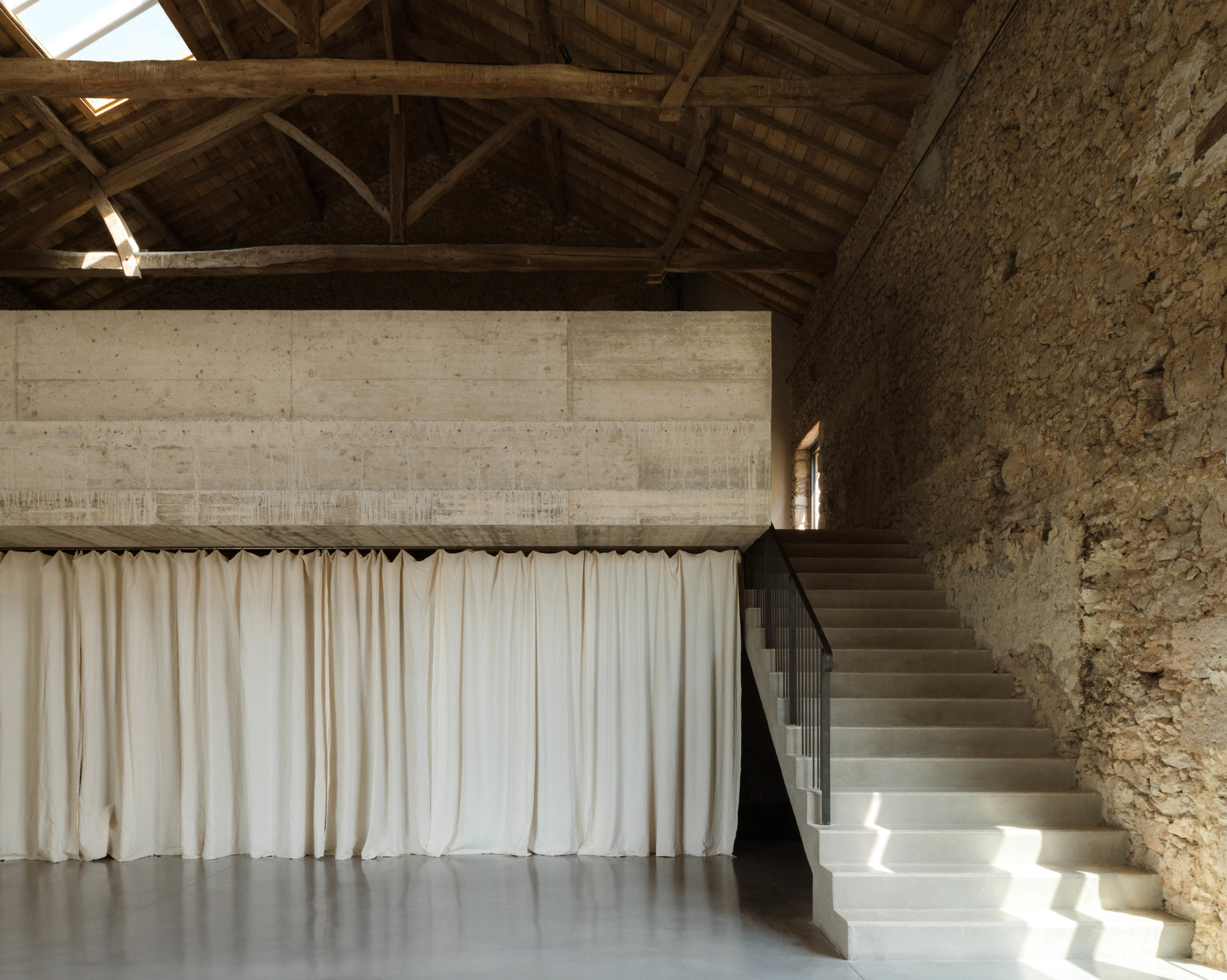
New concrete steps lead up to the mezzanine
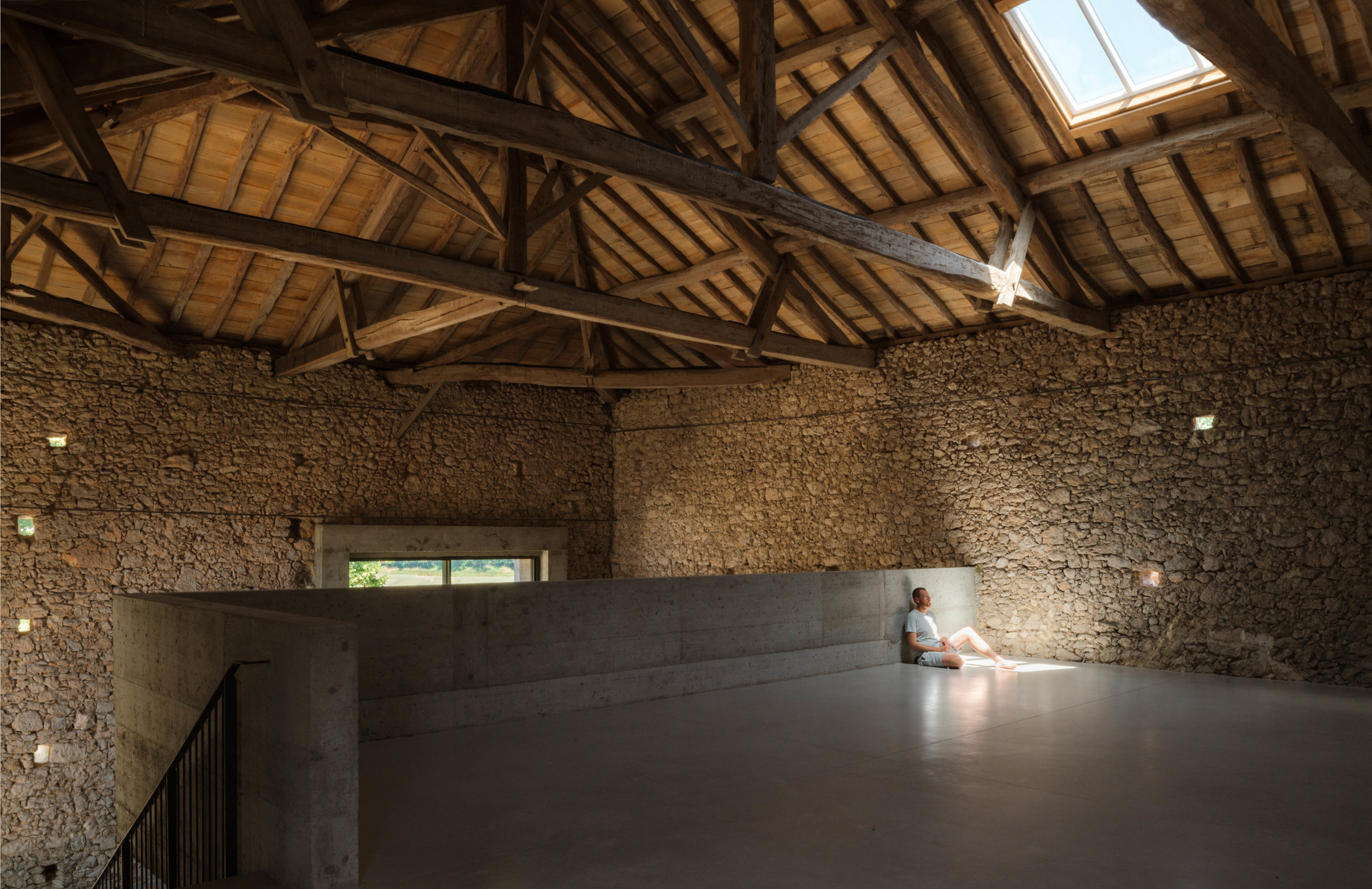
View from the new mezzanine
The new opening measures four metres in height, a vast sliding glass door in a concrete frame that provides views out across the landscape and brings evening light deep into the space. The restored roof and new concrete elements dramatically increase the barn’s thermal mass, keeping it cool in the warm summer months as well as creating a calm, almost monastic atmosphere that suits the Amassa approach.
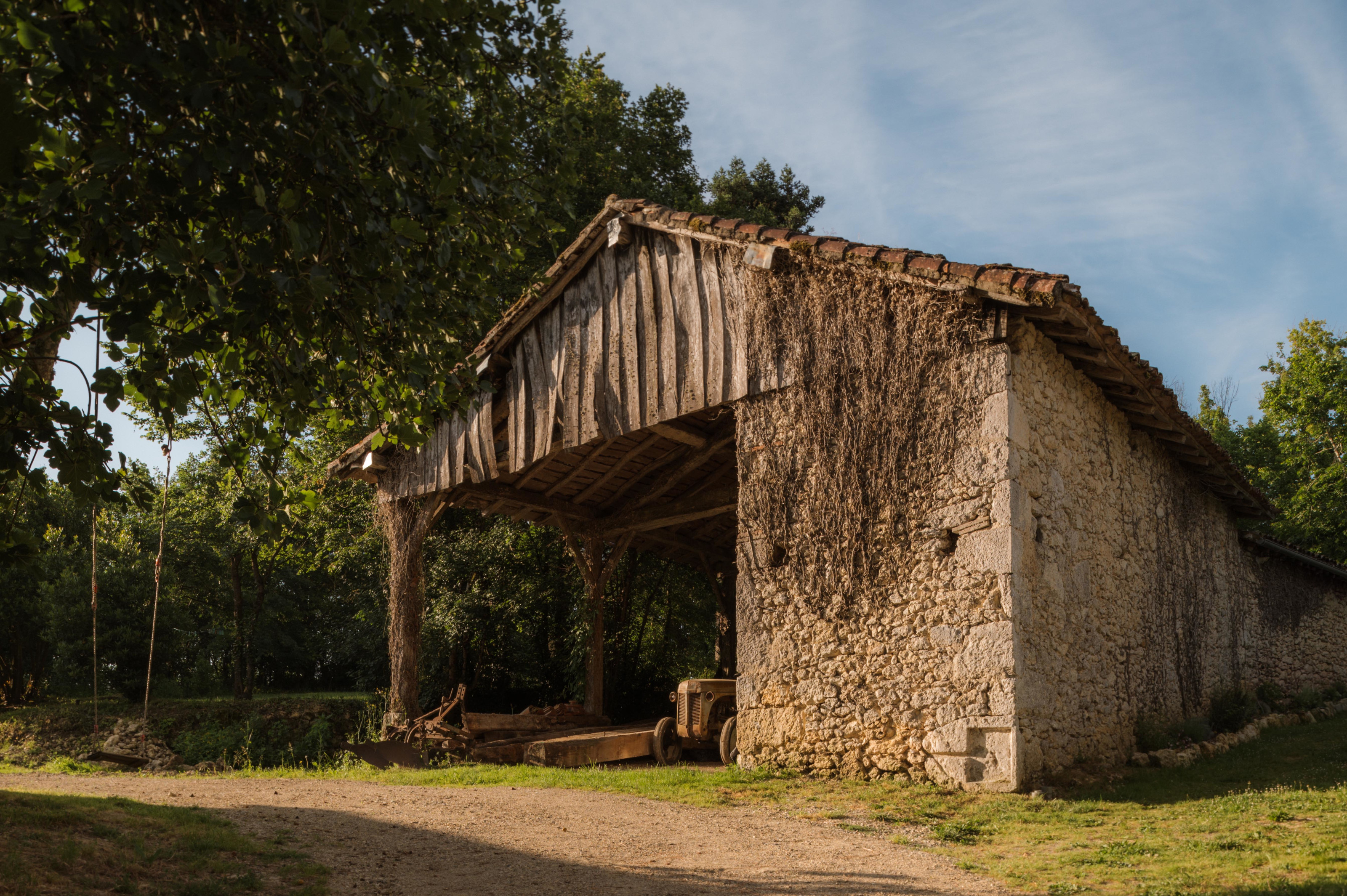
Existing buildings on the site have been maintained
Around the site there are other restored buildings, including the tractor shed, bakery and piggery. These stand in stark contrast to other more polished parts of the site, including the two swimming pools and treatment room. Guest accommodation within the main house is kept rustic and plain, with an eclectic mix of traditional furnishings and restored surfaces.
Receive our daily digest of inspiration, escapism and design stories from around the world direct to your inbox.
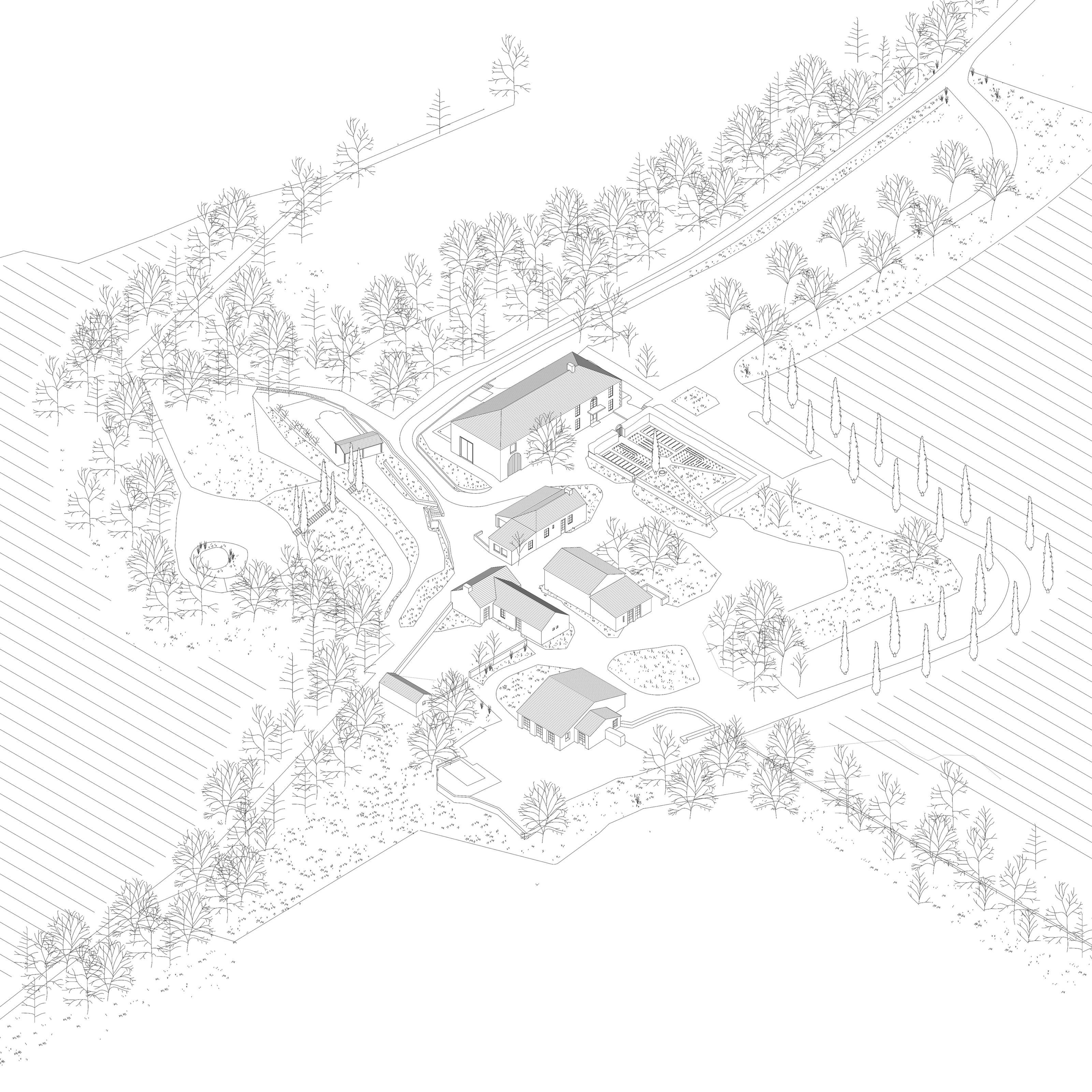
An axonometric view of the Amassa Retreat site, France
‘Bindloss Dawes were a natural choice for us, capable of reinvigorating historic contexts, enhancing Amassa’s connection to the rural landscape,’ say the clients, ‘They listened to every aspect of our brief, and were able to adapt it further. Our new retreat is private and tranquil, yet surprising and vibrant. We look forward to hosting and sharing the new space for many years to come.’
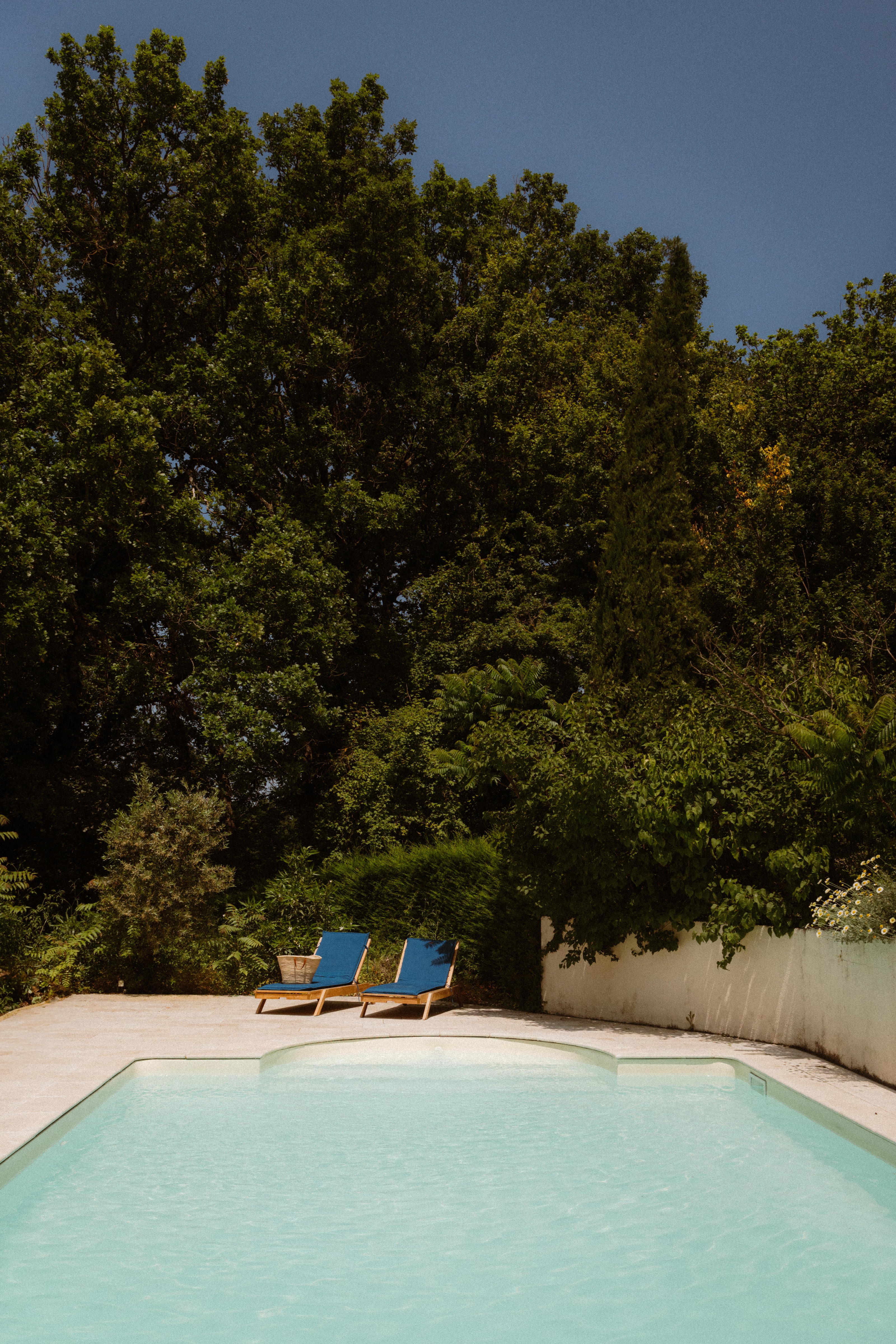
The Amassa retreat includes two pools
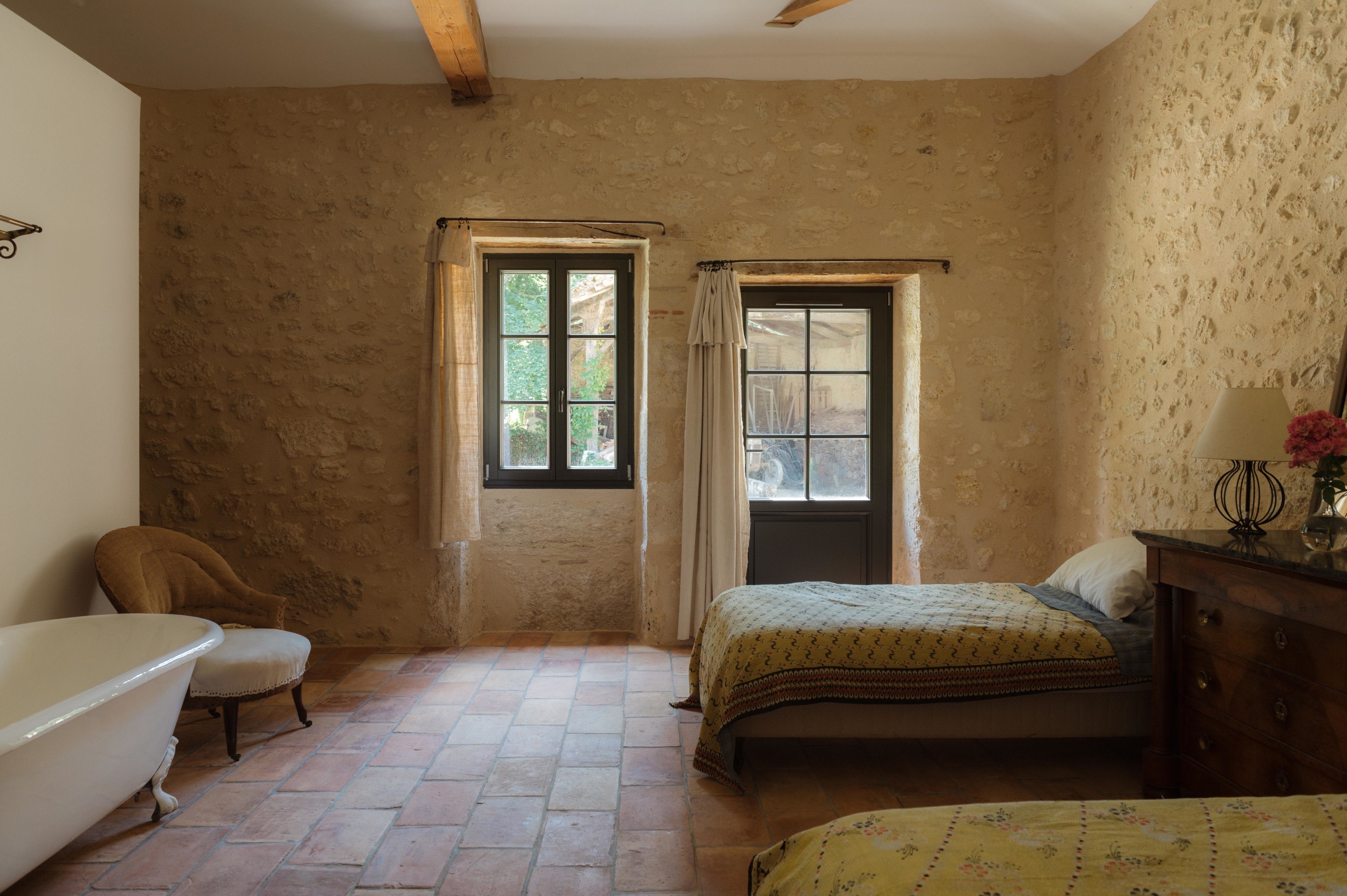
The accommodation is kept simple
Bindloss Doors was established in Bruton in 2018. Previous projects include the Autobarn for a Porsche collector, and a concrete extension to a house in Stoke Newington.
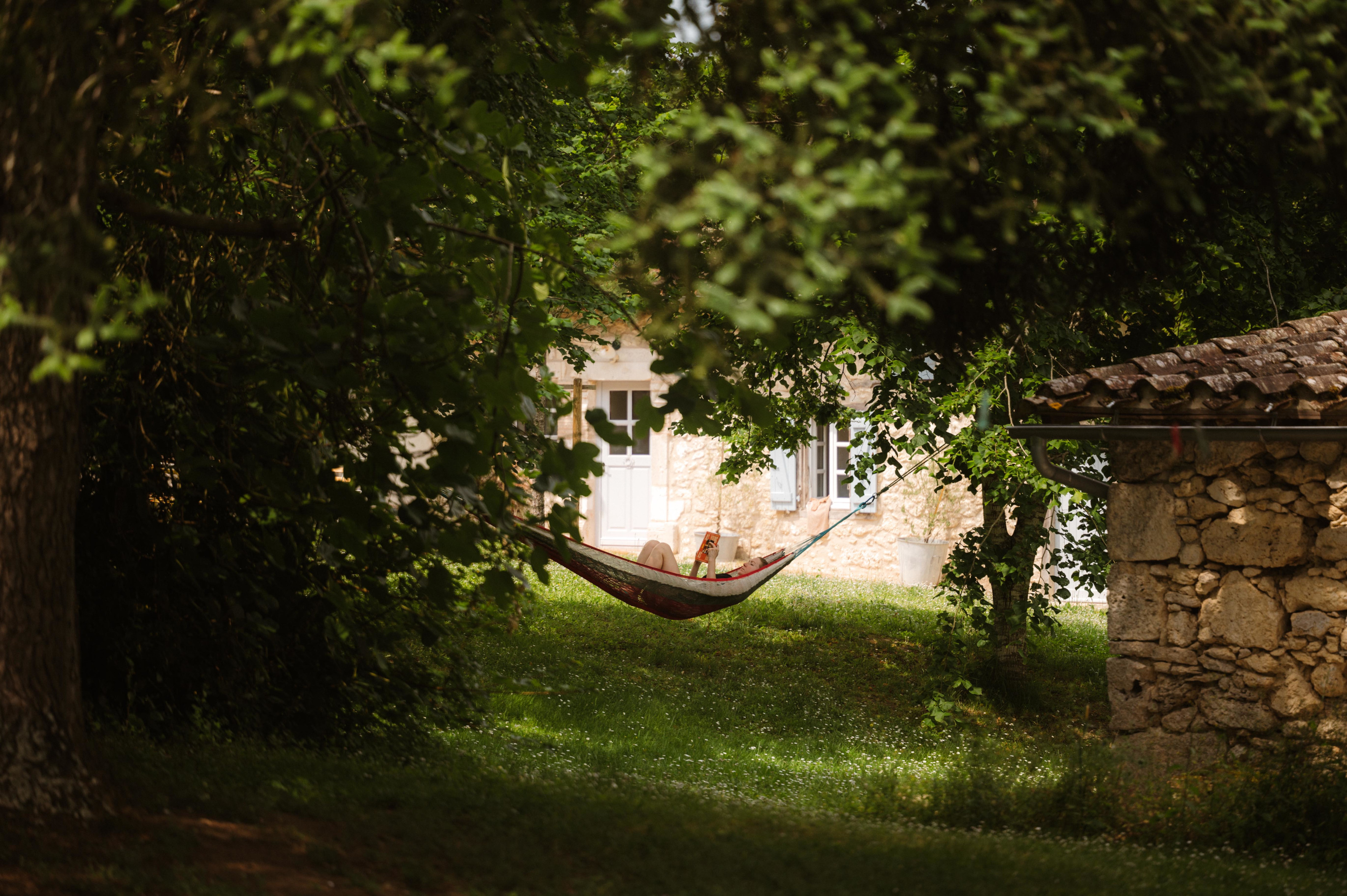
The grounds of the Amassa Retreat, France
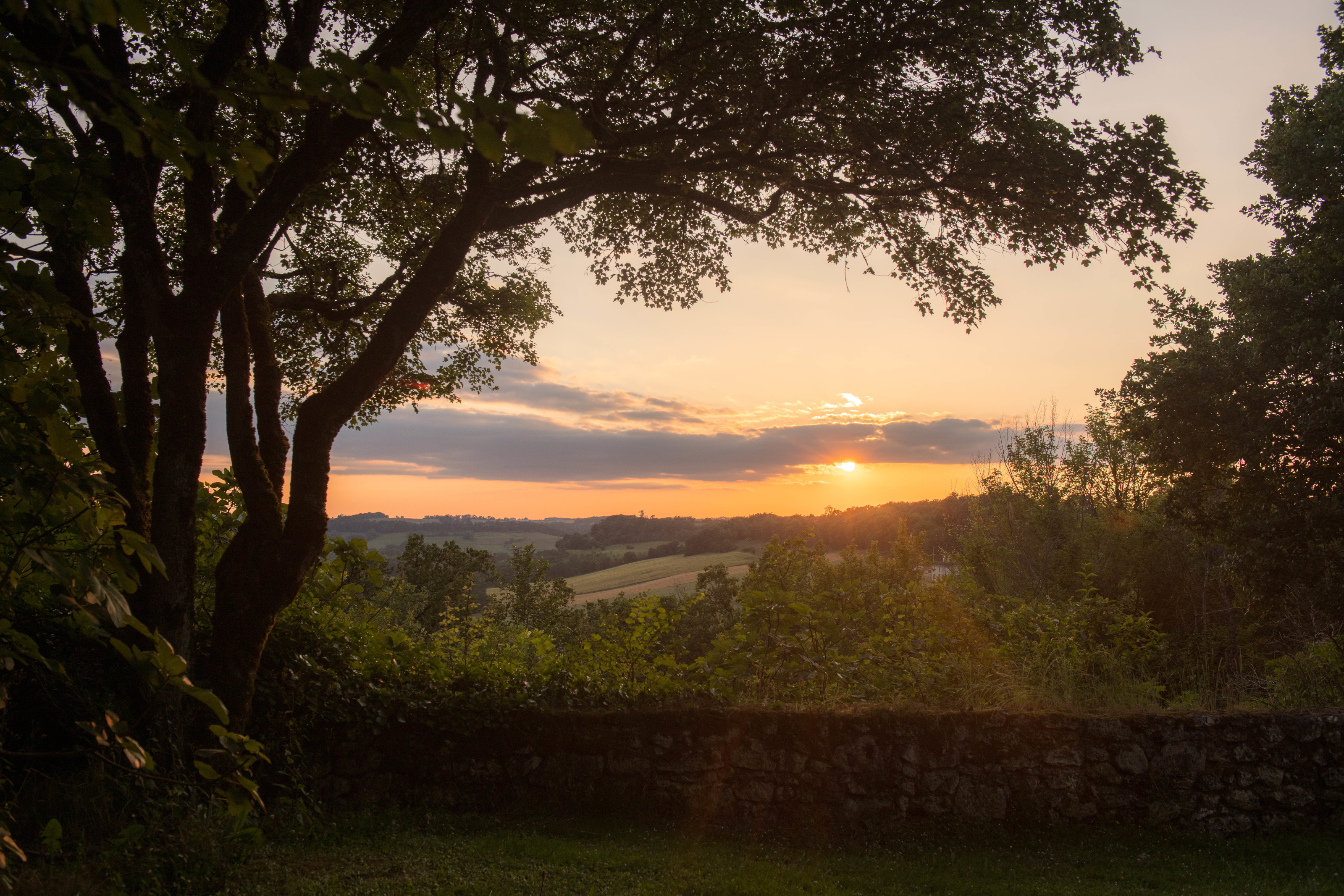
The grounds of the Amassa Retreat, France
Jonathan Bell has written for Wallpaper* magazine since 1999, covering everything from architecture and transport design to books, tech and graphic design. He is now the magazine’s Transport and Technology Editor. Jonathan has written and edited 15 books, including Concept Car Design, 21st Century House, and The New Modern House. He is also the host of Wallpaper’s first podcast.
-
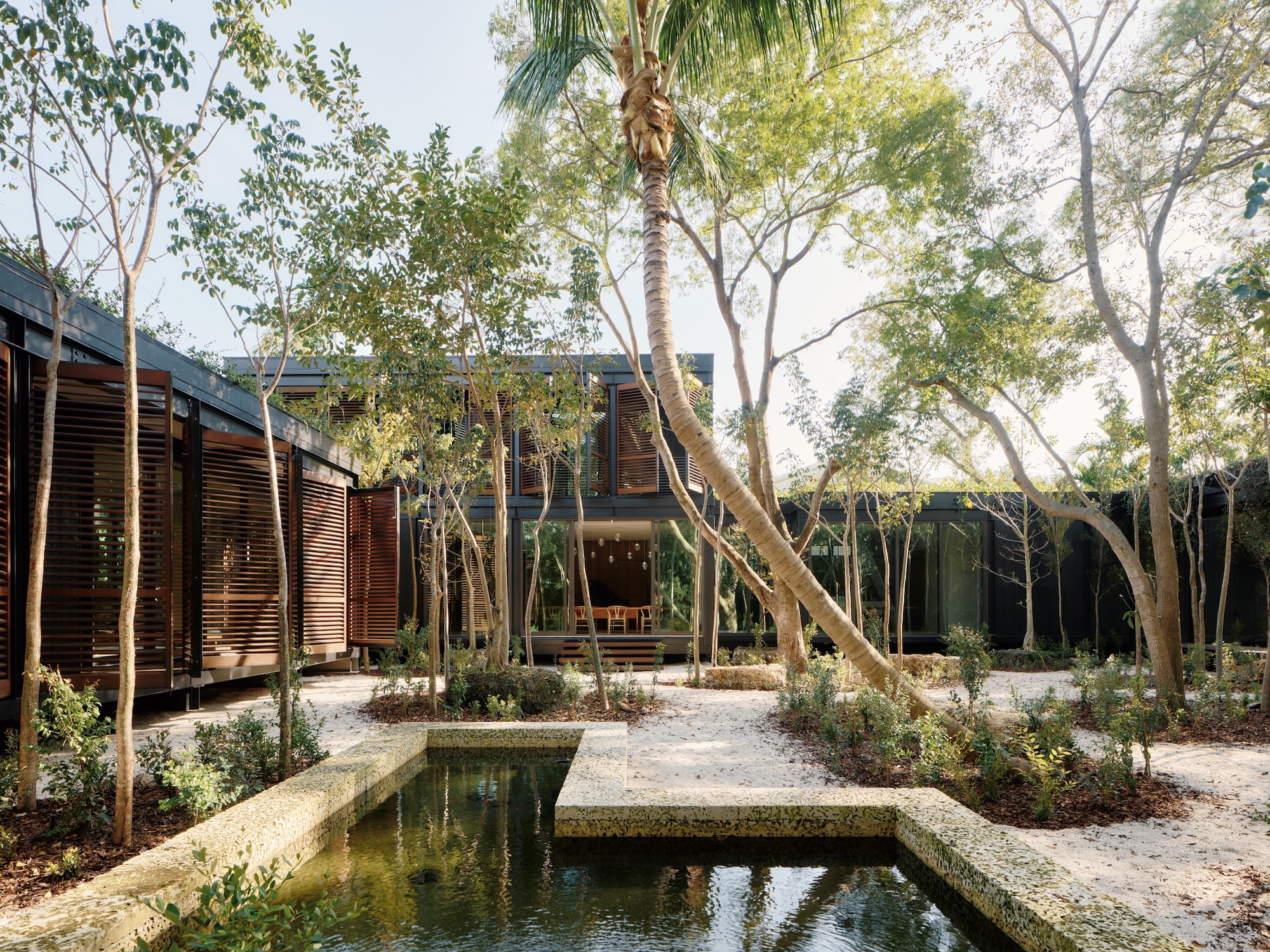 This ethereal Miami residence sprouted out of a wild, jungle-like garden
This ethereal Miami residence sprouted out of a wild, jungle-like gardenA Miami couple tapped local firm Brillhart Architecture to design them a house that merged Florida vernacular, Paul Rudolph and 'too many plants to count’
-
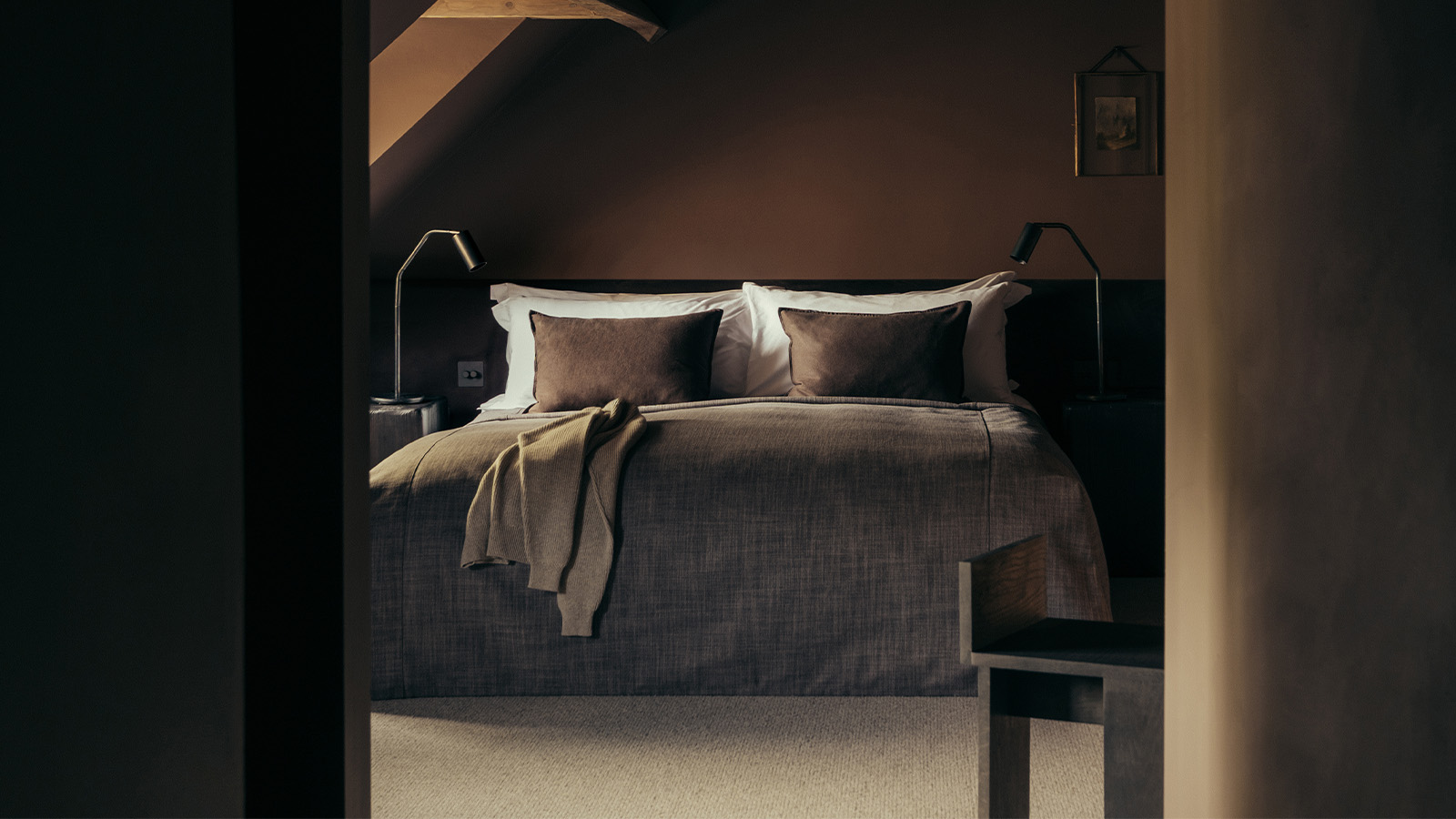 At this charming bolthole in The Cotswolds, doing nothing is an art form
At this charming bolthole in The Cotswolds, doing nothing is an art formLeave your mobile on ‘do not disturb’, switch off and slow down at this 16th-century manor-turned-hotel
-
 Out of office: The Wallpaper* editors’ picks of the week
Out of office: The Wallpaper* editors’ picks of the weekIt’s been a week of escapism: daydreams of Ghana sparked by lively local projects, glimpses of Tokyo on nostalgic film rolls, and a charming foray into the heart of Christmas as the festive season kicks off in earnest
-
 ‘You have to be courageous and experimental’: inside Fondation Cartier’s new home
‘You have to be courageous and experimental’: inside Fondation Cartier’s new homeFondation Cartier pour l'art contemporain in Paris invites us into its new home, a movable feast expertly designed by Jean Nouvel
-
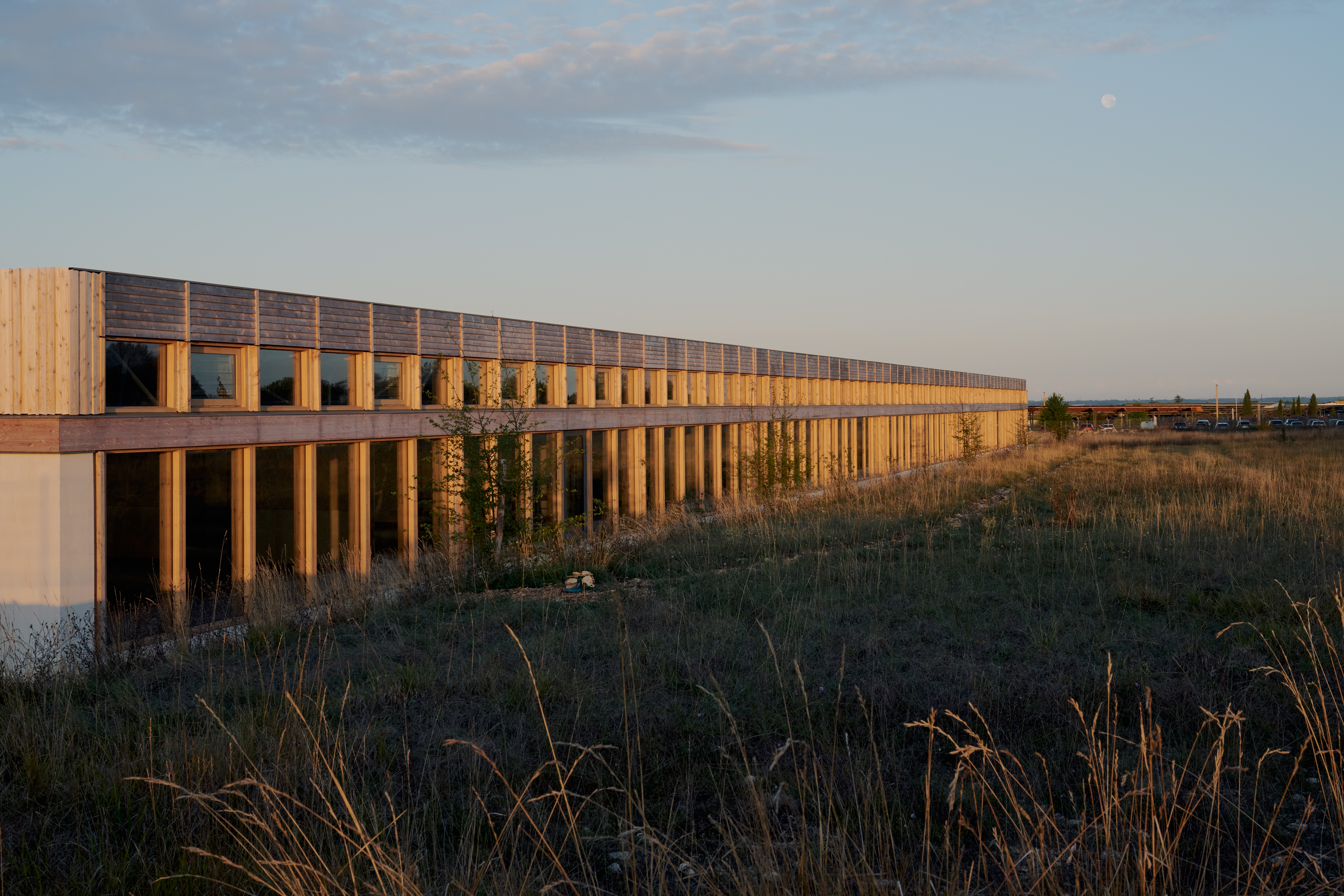 Explore the new Hermès workshop, a building designed for 'things that are not to be rushed'
Explore the new Hermès workshop, a building designed for 'things that are not to be rushed'In France, a new Hermès workshop for leather goods in the hamlet of L'Isle-d'Espagnac was conceived for taking things slow, flying the flag for the brand's craft-based approach
-
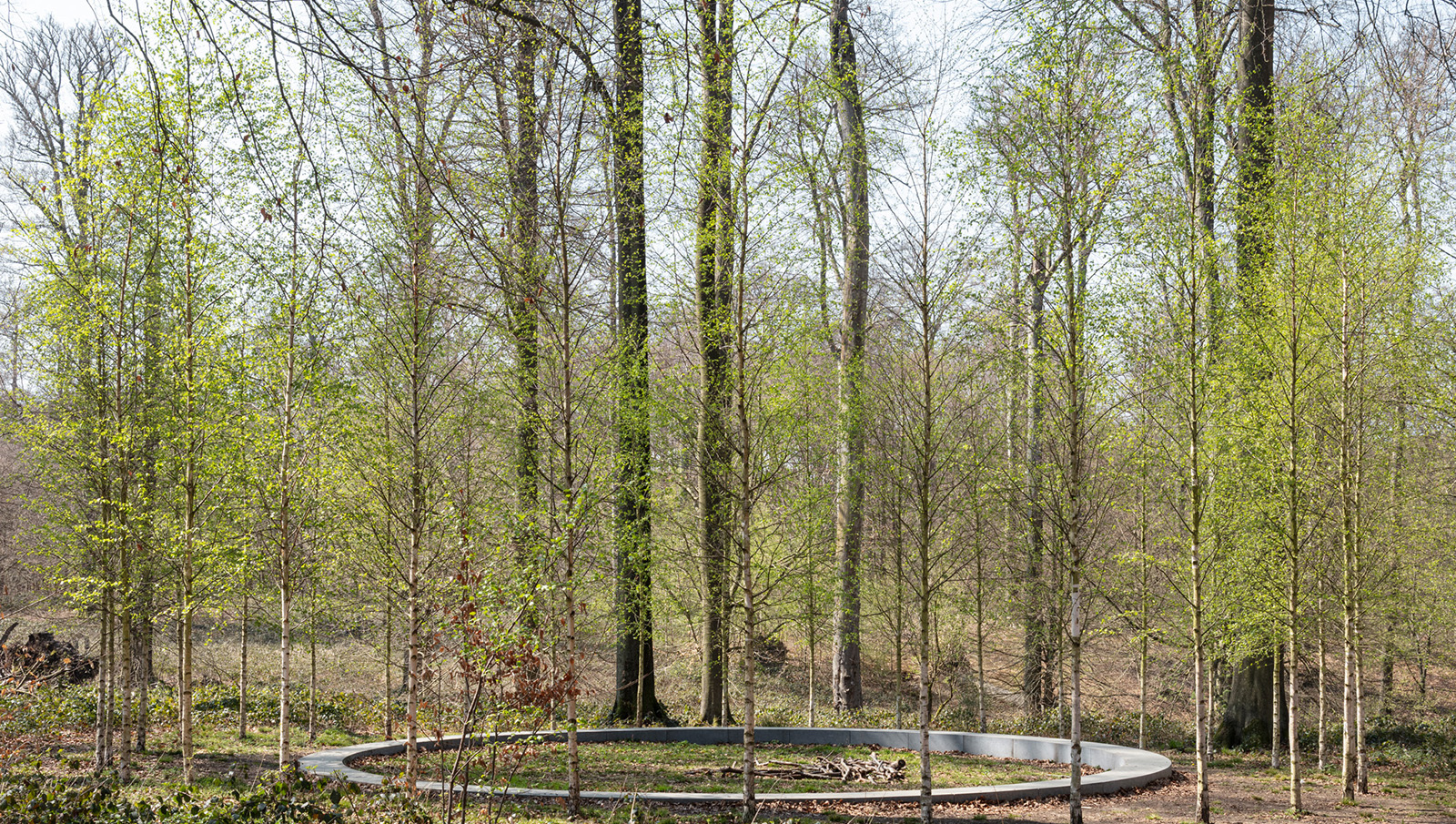 ‘Landscape architecture is the queen of science’: Emanuele Coccia in conversation with Bas Smets
‘Landscape architecture is the queen of science’: Emanuele Coccia in conversation with Bas SmetsItalian philosopher Emanuele Coccia meets Belgian landscape architect Bas Smets to discuss nature, cities and ‘biospheric thinking’
-
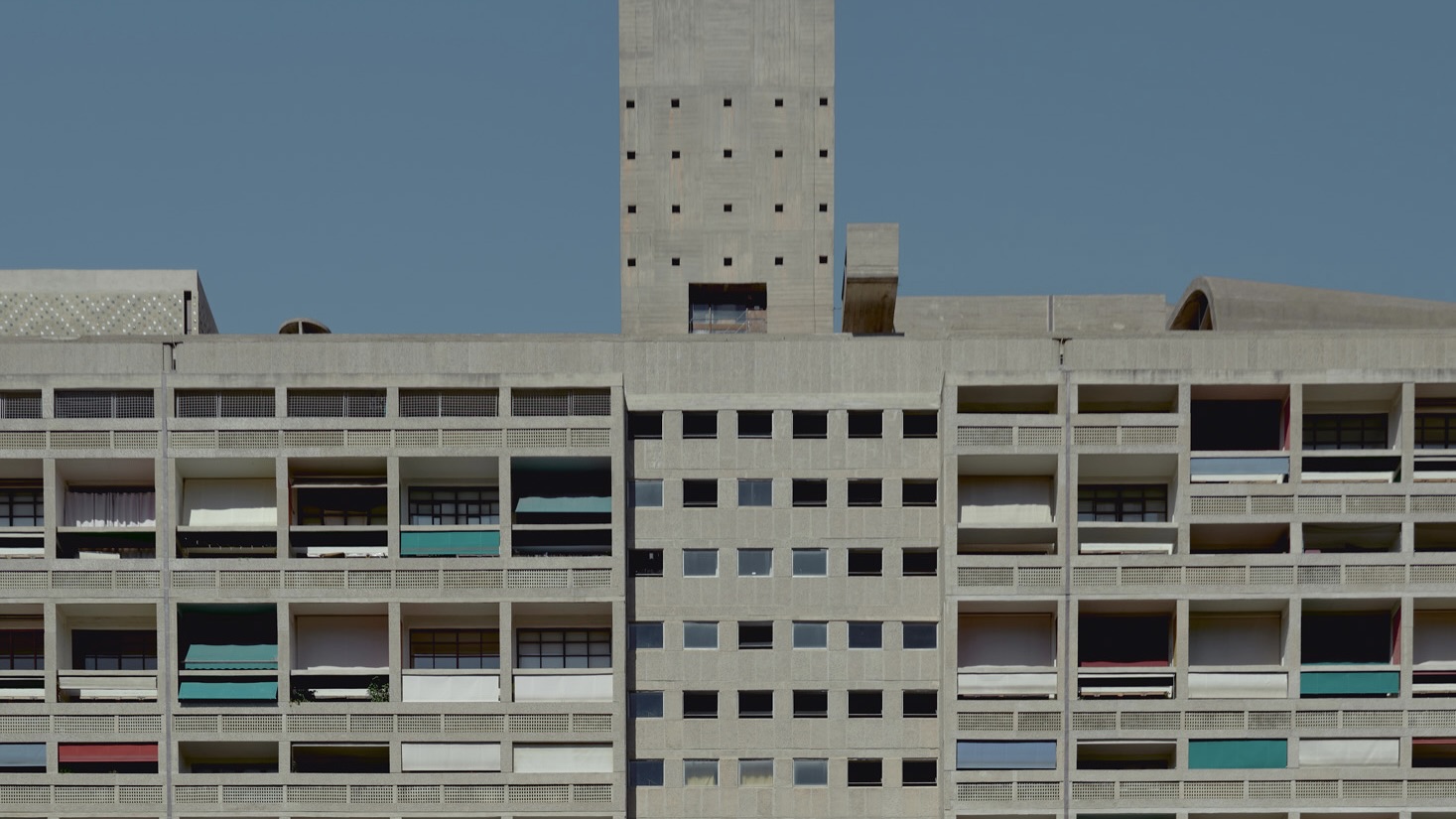 An apartment is for sale within Cité Radieuse, Le Corbusier’s iconic brutalist landmark
An apartment is for sale within Cité Radieuse, Le Corbusier’s iconic brutalist landmarkOnce a radical experiment in urban living, Cité Radieuse remains a beacon of brutalist architecture. Now, a coveted duplex within its walls has come on the market
-
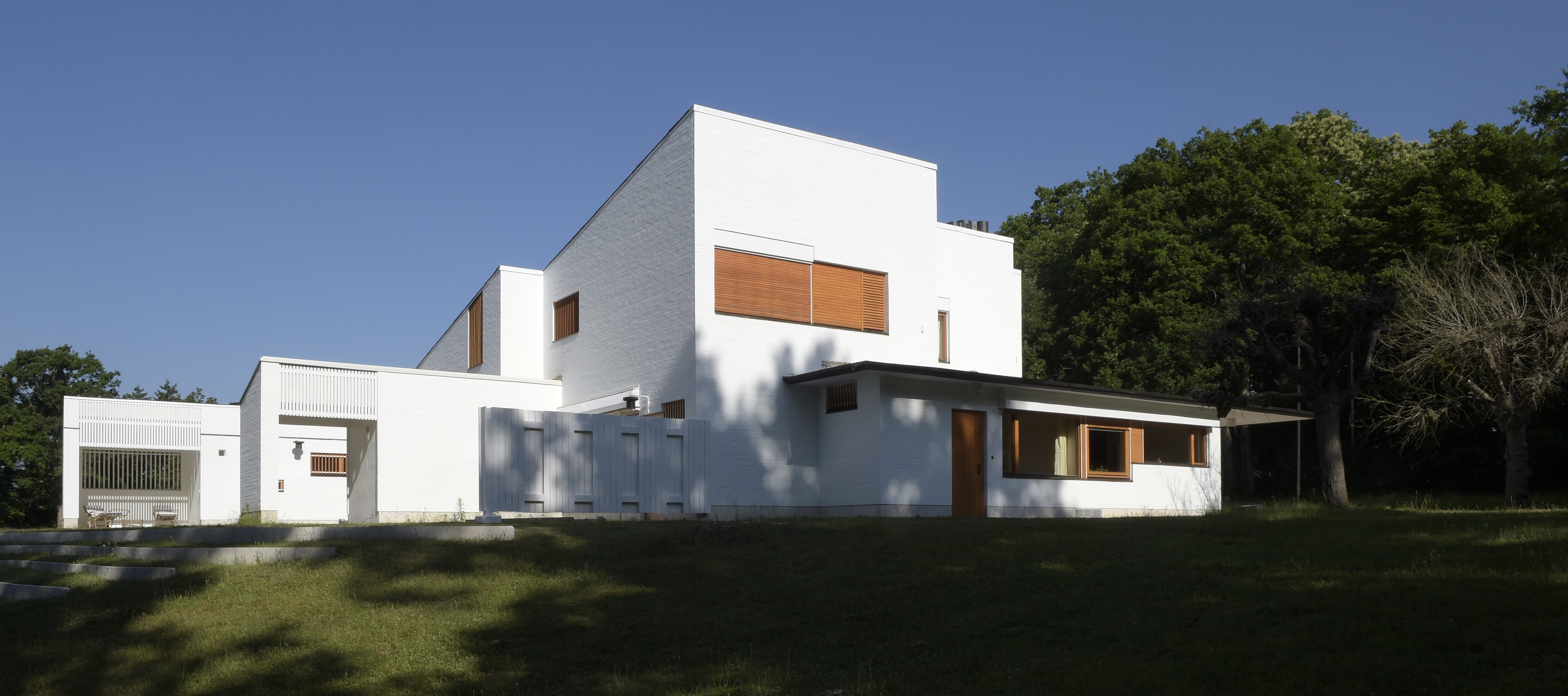 Maison Louis Carré, the only Alvar Aalto house in France, reopens after restoration
Maison Louis Carré, the only Alvar Aalto house in France, reopens after restorationDesigned by the modernist architect in the 1950s as the home of art dealer Louis Carré, the newly restored property is now open to visit again – take our tour
-
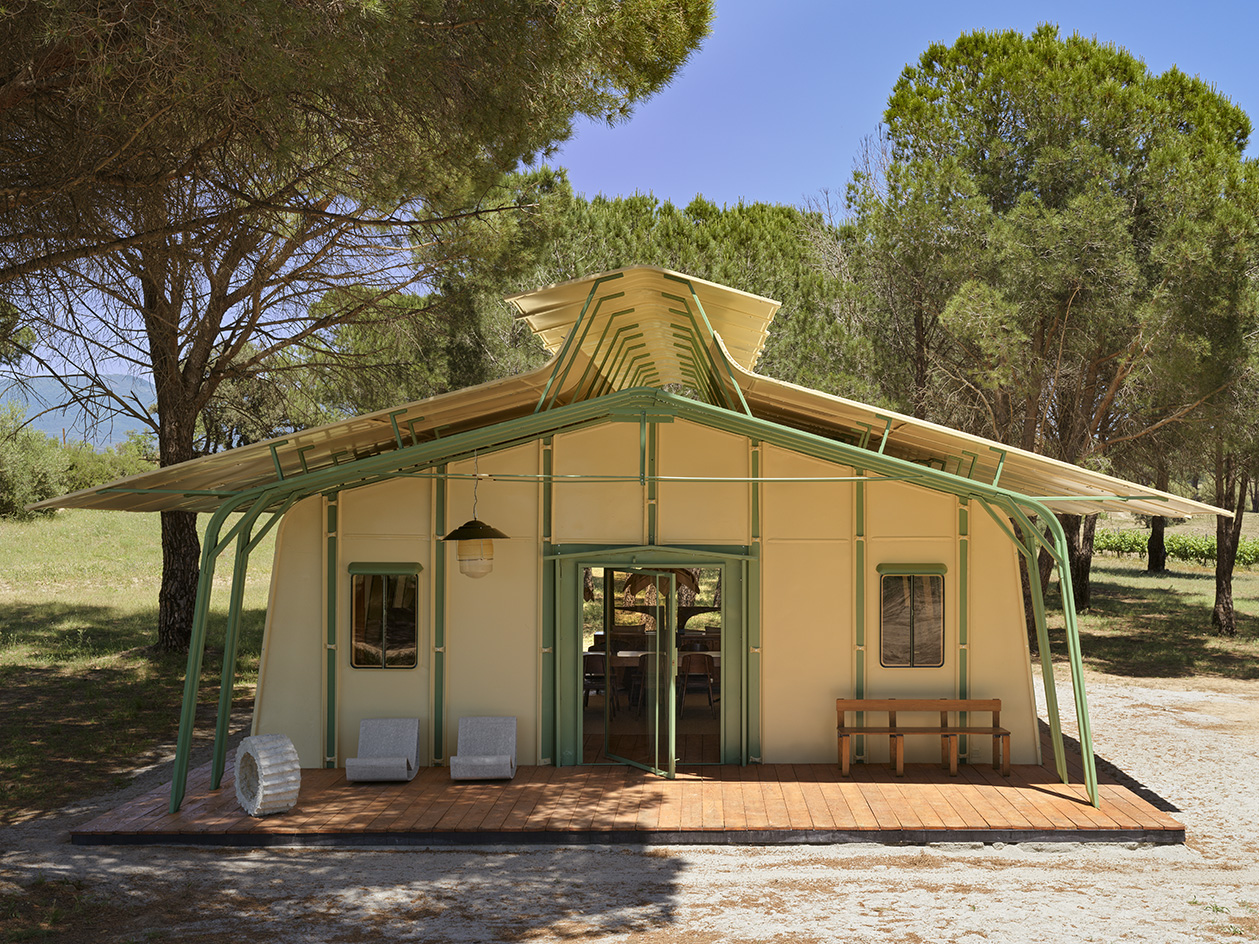 Meet Ferdinand Fillod, a forgotten pioneer of prefabricated architecture
Meet Ferdinand Fillod, a forgotten pioneer of prefabricated architectureHis clever flat-pack structures were 'a little like Ikea before its time.'
-
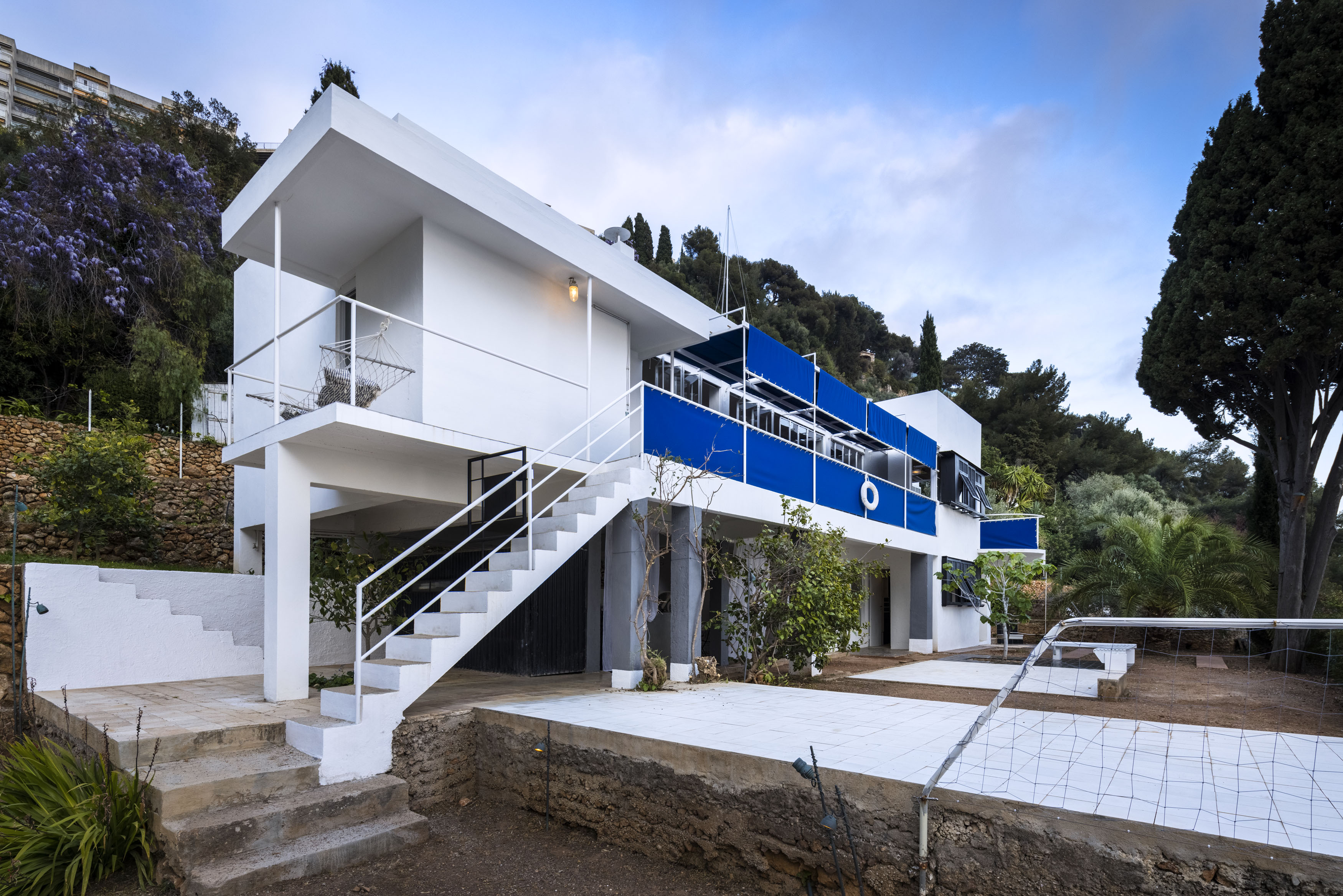 Eileen Gray: A guide to the pioneering modernist’s life and work
Eileen Gray: A guide to the pioneering modernist’s life and workGray forever shaped the course of design and architecture. Here's everything to know about her inspiring career
-
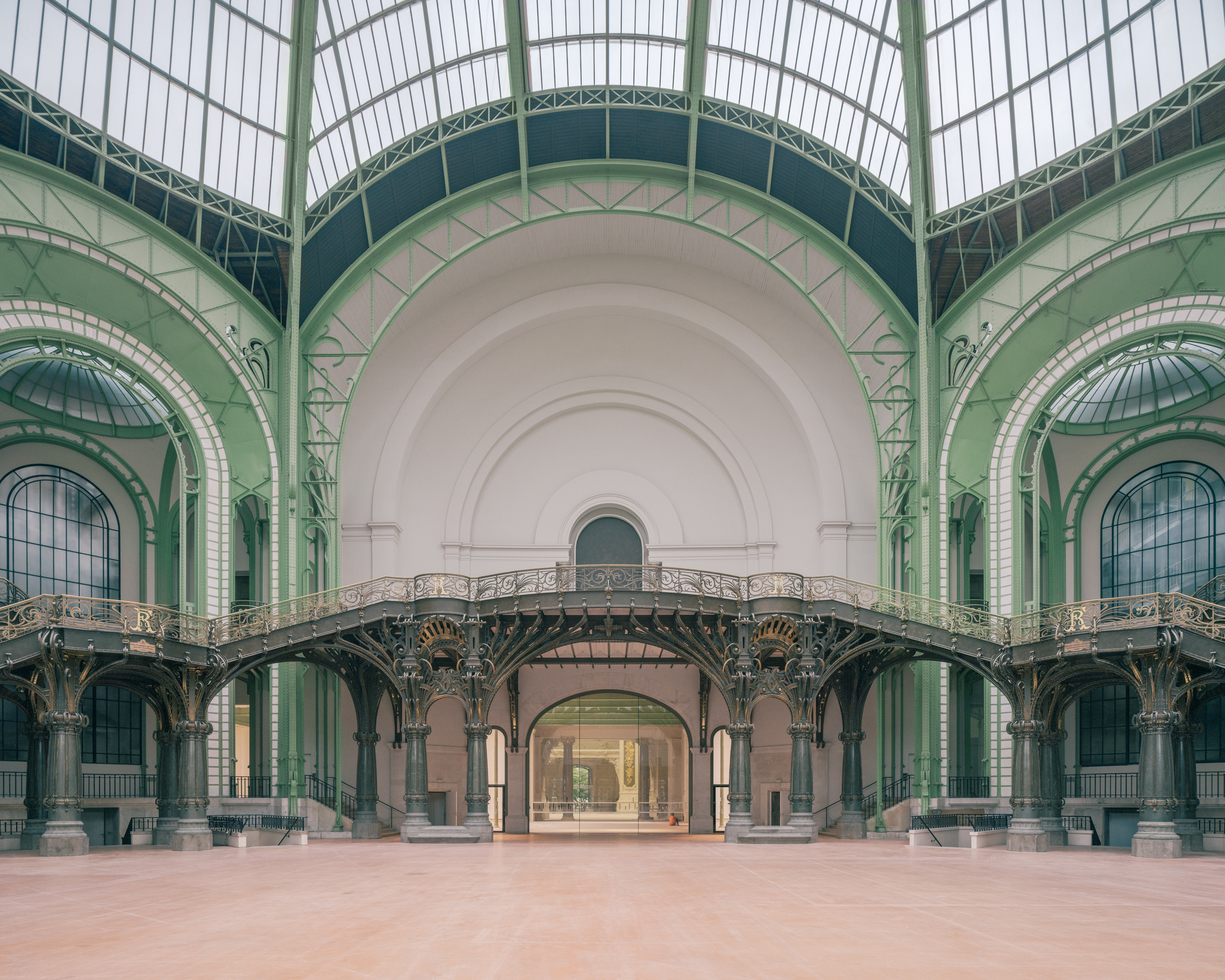 The Grand Palais is a Parisian architectural feast, emerging from a mammoth restoration project
The Grand Palais is a Parisian architectural feast, emerging from a mammoth restoration projectThe Grand Palais reopens, unfurling its spectacular architectural splendour, meticulously restored by Chatillon Architectes – take a tour